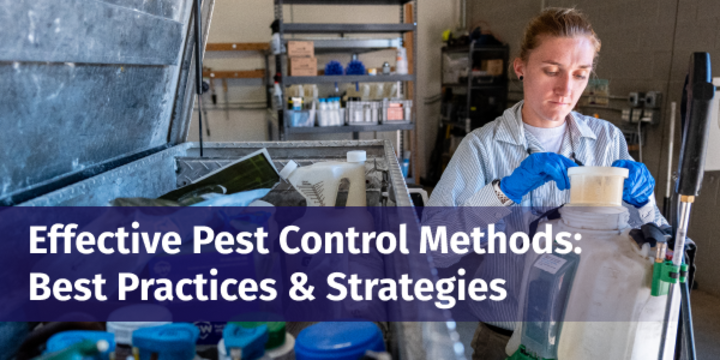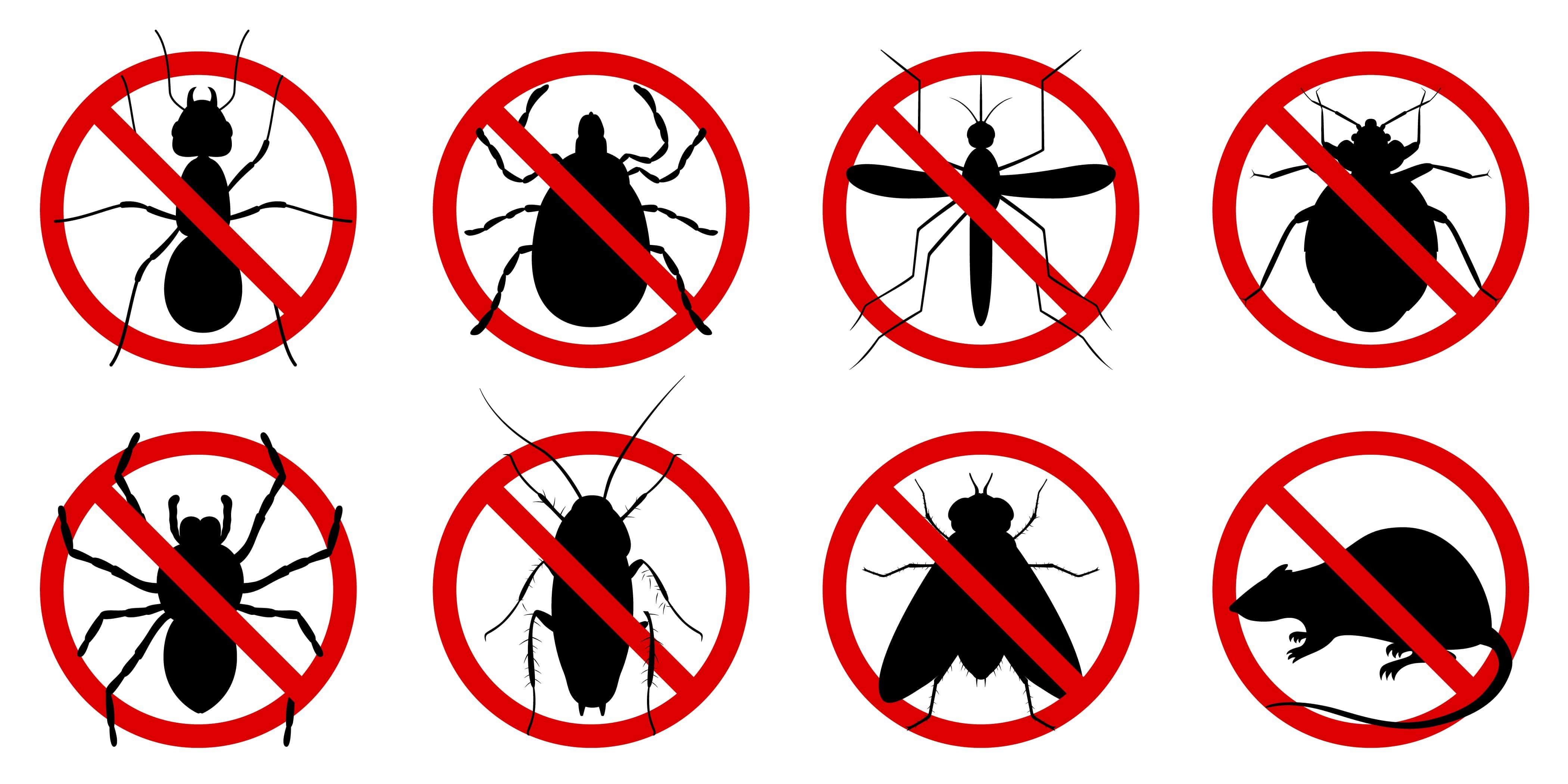Reliable Pest Control Homestead Solutions to Protect Your Residential property
Wiki Article
Discover the Secrets of Parasite Control: Exactly How It Functions and Process Revealed
Bug control is a thorough method that includes a deep understanding of parasite actions, tactical planning, and specific execution. From identifying the origin triggers of invasions to carrying out customized control procedures, the process of parasite control is a blend of scientific research and method focused on preserving a harmonious setting. However, the details of this process usually stay veiled, shrouded in enigma. Untangling the subtleties behind reliable insect control introduces a globe of systematic methods and meticulously computed steps that are vital in combating and protecting against pest-related problems.Pest Actions Comprehending
Comprehending the intricate behaviors of insects is crucial for efficient pest control management. By delving right into the behaviors and patterns of numerous bugs, professionals can develop targeted strategies to get rid of infestations and prevent future occurrences. As an example, the habits of cockroaches, such as their choice for dark and damp atmospheres, guides pest control experts in establishing where to concentrate treatment initiatives. Knowing that rats are nocturnal creatures assists in setting up catches and lures during the most energetic hours. In addition, understanding the reproductive cycles of pests like ants help in interrupting their swarms' growth.By remaining abreast of the latest research on insect behavior, pest control professionals can constantly refine their approaches and stay in advance of progressing pest populations. Inevitably, a deep understanding of insect habits is a foundation of effective insect control monitoring.

Inspection and Identification Methods
Effective parasite control monitoring depends heavily on careful examination and specific recognition approaches to properly assess infestations and create targeted removal techniques. Examination involves a detailed assessment of the residential or commercial property to determine the level of the pest problem, identify the kind of pest existing, and find potential access factors. This process might include visually inspecting typical hiding areas, utilizing surveillance tools such as traps or cams, and evaluating pest droppings or damage indications.Identification is an essential action that adheres to evaluation, as various parasites require particular therapy approaches. Bug control specialists use their know-how and knowledge of insect habits to determine the species present precisely. This may include taking a look at physical features, such as size, shade, and markings, along with studying the bug's habitats and behaviors. In many cases, samples may be collected for more analysis in a lab to confirm the insect types.
Pest Control Steps Application
Having actually carefully checked and precisely determined the insects existing, the next essential action is the execution of targeted bug control steps to properly eliminate the invasion. Chemical therapies entail the usage of chemicals to eliminate bugs, while organic controls introduce natural killers to handle bug populaces.Proper implementation of parasite control actions requires experience to guarantee the safety and security of citizens and the atmosphere. When using pesticides and to make use of suitable safety equipment, it is essential to adhere to guidelines and guidelines. Tracking and follow-up assessments are vital to analyze the effectiveness of the picked techniques and make any necessary changes. By employing targeted parasite control measures, invasions can be effectively eradicated, creating a much healthier and pest-free setting.
Environmental Impact Considerations
When implementing pest control actions,Mindful analysis of the prospective environmental influence is an important element. Insect control approaches can have different impacts on the environment, consisting of non-target types being affected, contamination of soil and water resources, and disruption of the environment. It is important to consider these factors to reduce any adverse consequences on the atmosphere.To alleviate environmental impacts, incorporated pest monitoring (IPM) strategies are frequently advised. IPM concentrates on making use of a mix of methods such as organic control, habitat manipulation, and the targeted usage of pesticides as a last hope. Pest Control Homestead. By utilizing an all natural method, IPM intends to regulate bugs properly while decreasing damage to the setting

Ongoing Tracking and Prevention
Continuous tracking and avoidance play critical functions in keeping efficient parasite control strategies gradually. When initial parasite control measures have actually been carried out, recurring surveillance becomes necessary to track pest task degrees and ensure that the picked approaches are functioning properly. Normal inspections by experienced specialists enable for the very early discovery of any kind of indications of parasite rebirth, enabling quick action to be taken prior to the invasion intensifies.
Safety nets are similarly critical in maintaining a pest-free environment. Carrying out techniques such as securing entry points, keeping sanitation, correct waste administration, and decreasing resources of food and water deny bugs of the basics they require to thrive. By proactively attending to these elements, the likelihood of a pest invasion is considerably reduced.
Additionally, safety nets contribute to the long-term success of bug control efforts, lessening the demand for reactive treatments and linked expenses. By integrating continuous tracking and prevention right into a thorough bug management strategy, individuals and services can efficiently protect their residential properties against undesirable burglars.
Verdict
Finally, bug control involves understanding parasite actions, conducting thorough examinations, implementing control measures, taking into consideration environmental impacts, and keeping ongoing tracking and avoidance. By complying with these steps, pest invasions can be successfully handled and controlled. It is important to take a positive method to pest control to shield both human wellness and the environment.By staying abreast of the most recent study on pest behavior, insect control experts can continually improve their methods and stay in advance of progressing bug populations.Having actually thoroughly examined and properly recognized the parasites present, the next essential step is the execution of targeted parasite control measures to efficiently remove the infestation.Furthermore, selecting eco pleasant Full Report pest control items and methods can dramatically minimize the ecological footprint of insect management methods - Pest Control Homestead. When first parasite control actions have actually been carried out, ongoing monitoring ends up being necessary to track bug task degrees and guarantee that the picked techniques are working successfully.In final thought, parasite control entails look at more info understanding insect behavior, performing thorough evaluations, applying control measures, taking into consideration environmental influences, and preserving continuous monitoring and avoidance
Report this wiki page